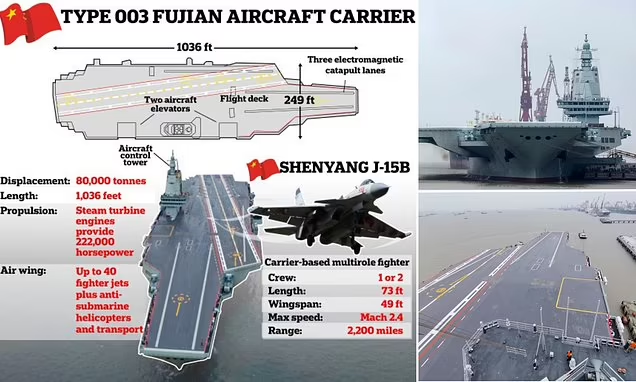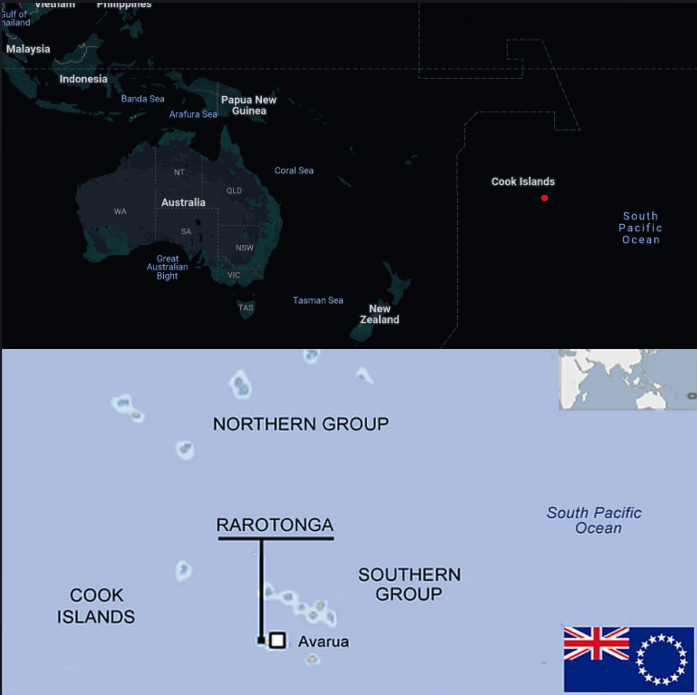Table of Contents
Interpol Notices
Context: Prajwal Revanna, sitting MP and grandson of former Prime Minister H.D. Deve Gowda, is accused of sexual abuse, prompting his suspension from JD(S). Interpol has issued a blue corner notice against him.
More In News
The blue corner notice against Revanna was issued following a request by the Special Investigation Team (SIT) of the Karnataka government, which is handling the case.
About International Criminal Police Organisation (Interpol)
- Interpol, an inter-governmental law enforcement organisation, helps coordinate cooperation among law enforcement agencies across its 196 member countries.
- Interpol’s colour-coded system of notices is a critical tool for international law enforcement cooperation and communication:
- Red Notice: To seek the location and arrest of persons wanted for prosecution or to serve a sentence.
- Yellow Notice: To help locate missing persons, often minors, or to help identify persons who are unable to identify themselves.
- Blue Notice: To collect additional information about a person’s identity, location, or activities in relation to a criminal investigation.
- Black Notice: To seek information on unidentified bodies.
- Green Notice: To provide warnings about a person’s criminal activities, where the person is considered to be a possible threat to public safety.
- Orange Notice: To warn of an event, a person, an object, or a process representing a serious and imminent threat to public safety.
- Purple Notice: To seek or provide information on modus operandi, objects, devices, and concealment methods used by criminals.
Actions by the SIT
- The SIT, formed by the Karnataka government, had initially issued a lookout circular against Revanna after he failed to appear before the panel.
- The SIT’s actions escalated to involve the Central Bureau of Investigation (CBI), India’s nodal agency for Interpol matters, leading to the issuance of the blue corner notice.
- Reports suggest that Revanna left for Munich, Germany, using his diplomatic passport right after the local elections and just before the formation of the SIT.
Legal and Investigative Measures
- Despite his lawyer requesting a seven-day period for Revanna to present himself before the investigative panel, the SIT decided to proceed with the blue corner alert considering the early stages of the investigation and the absence of filed criminal charges at that point.
- The SIT has expressed its intention to arrest Revanna to expedite the investigation once his whereabouts are known.
Fujian
Context: Fujian, China’s third aircraft carrier, successfully completed an eight-day maiden sea trial.
About Fujian
- Capabilities: China’s first aircraft carrier equipped with advanced electromagnetic catapults and arresting systems, specifically using the CATOBAR (Catapult Assisted Take-Off But Arrested Recovery) system.
- This system allows aircraft to be launched by catapults and recovered by arrestor wires.
- The CATOBAR system enables the Fujian to launch more fighter-bombers simultaneously and allows these jets to carry heavier payloads compared to the STOBAR (Short Take-off, Barrier-Arrested Recovery) system used by China’s other carriers.

- Specifications: Fujian has a full displacement of over 80,000 tons and a length of approximately 316 metres.
- It is estimated to carry between 60 to 70 aircraft, including J-15 fighters and KJ-600 airborne early warning and control aircraft.
- Comparison with Other Carriers:
- Liaoning: Commissioned in 2012.
- China’s first aircraft carrier, a refurbished Ukrainian vessel, has a full load displacement of 58,500 tons and is about 305 metres long, capable of carrying around 40 aircraft using the STOBAR system.
- Shandong: Launched in 2017.
- China’s first indigenously built carrier, with a full load displacement of 66,000 tons and a length of 315 metres, also carrying around 40 aircraft using the STOBAR system.
- Naming: Named after Fujian Province, where President Xi Jinping once worked,
- Deployment: The Fujian is expected to be deployed to the People’s Liberation Army Navy’s (PLAN’s) East Sea Fleet.
- This fleet oversees the Taiwan Strait off Fujian Province.
- Strategic Intentions: The deployment of Fujian aims to enhance China’s anti-access/area denial (A2/AD) capabilities in the South and East China Seas and the Western Pacific Ocean, intending to deter U.S. and other foreign military forces from approaching.
- Impact on Regional Military Balance: According to the U.S. Defense Department’s 2023 China Military Power Report, the Fujian-class will significantly increase the striking capabilities of the PLAN’s carrier battle groups, especially in operations beyond China’s immediate periphery.
- The carrier will also enable the launch of specialised fixed-wing aircraft for various missions including early warning, electronic warfare, or anti-submarine warfare.
- Liaoning: Commissioned in 2012.
Indian Navy’s Aircraft Carriers
- Current Fleet: The Indian Navy operates two aircraft carriers:
- The INS Vikramaditya: A refurbished Russian carrier commissioned in 2013, and
- The INS Vikrant: An indigenously designed and built carrier commissioned in September 2022.
- Future Plans: The Indian Navy has proposed the construction of a second Indigenous Aircraft Carrier (IAC-II), similar to INS Vikrant, which was approved by the Defence Procurement Board September, 2023 and is awaiting approval from the Defence Acquisition Council post-elections.
- Construction Timeline: According to Chairman and Managing Director of Cochin Shipyard Limited, building a new carrier, maintaining the basic design, engines, and propulsion from the previous model, would take about eight to 10 years.
Cook Islands
Context:
- The Cook Islands are at the forefront of deep-sea mining, leveraging their extensive underwater mineral reserves crucial for electric vehicle batteries.
- This initiative, aimed at reducing reliance on fossil fuels, faces significant opposition due to potential environmental impacts, with calls for a moratorium from scientists and global entities.
About Cook Islands
- Geography: The Cook Islands is an island country in Polynesia, part of Oceania in the South Pacific Ocean.
- Consist of 15 volcanic islands and coral atolls, spread over 1.9 sq km in the southern Pacific Ocean, situated between Tonga to the west and French Polynesia to the east.

- Economy: Tourism is the central economic activity in the Cook Islands, supported by the territory’s natural attractions such as pristine beaches and volcanic mountains.
- Political Status: The Cook Islands operates as a self-governing country in free association with New Zealand, which provides it with aid and assistance, and where islanders hold New Zealand citizenship.
- Sovereignty and Defense: Since 2001, the Cook Islands has managed its own foreign and defence policies, although defence is still provided by New Zealand.
- Demographics: The population of Cook Islanders living in New Zealand is more than double the number residing in the islands themselves.
- Historical Background: Named after Captain James Cook who explored them in 1773, these islands were traditionally autonomous and inhabited by tribes of mixed Polynesian ancestry.
- Cultural Governance: The Cook Islands government continues to consult a council of hereditary leaders known as the House of Ariki on issues related to culture, customs, and land ownership.
- Key Statistics:
- Capital: Avarua
- Total Area: 236.7 sq km
- Population: 17,450
- Languages: English, Cook Islands Maori, Pukapukan
Examples, Case Studies and Data
- Ethics (GS 4): Ronald Reagan, the 40th U.S. President, and Atal Bihari Vajpayee, India’s former Prime Minister, both had different end-of-life experiences, highlighting varying attitudes toward death in the West and India.
- Reagan died peacefully at home in 2004 after a long battle with dementia, while Vajpayee spent his last days in 2018 on life support in a hospital after a debilitating stroke.
- End-of-life care in India and the West:
- In the West, increasing numbers of people are opting for living wills to ensure a dignified death, avoiding prolonged hospitalisation when recovery is unlikely.
- This contrasts sharply with India, where a significant majority of terminally ill patients die in intensive care units (ICUs), often isolated and on life support, despite the Supreme Court’s guidelines supporting the withdrawal of life support in futile cases.
- These practices reflect broader cultural and systemic issues regarding death. Many in India lack “death literacy,” which impedes informed end-of-life decisions. This situation is compounded by inadequate legal frameworks and societal reluctance to discuss or plan for death.
- There is a need for enhanced public and professional awareness of end-of-life care options, including the right to palliative care as part of overall health, and the importance of drafting living wills to ensure wishes are respected, emphasising the need for a societal shift towards accepting natural death as part of life.


 GPS Spoofing and Its Impact in India: A ...
GPS Spoofing and Its Impact in India: A ...
 Amrit Gyaan Kosh Portal: A Comprehensive...
Amrit Gyaan Kosh Portal: A Comprehensive...
 UpLink Initiative: Launched by World Eco...
UpLink Initiative: Launched by World Eco...





















